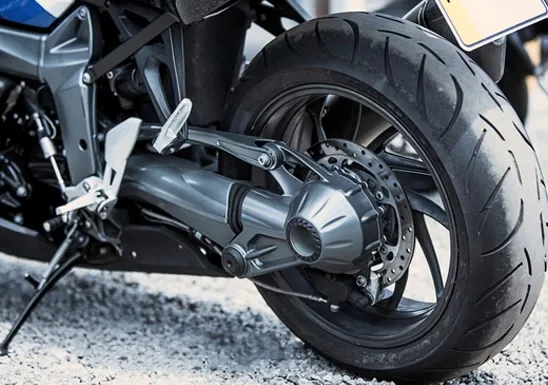jaan. . 09, 2025 12:32 Back to list
oil seal


The installation process is another critical factor in ensuring oil seals perform optimally. Even the most expertly chosen seal can fail if improperly installed. Experience teaches that meticulous inspections of the shaft and housing conditions are indispensable before installation. These components must be free from burrs and imperfections to prevent premature wear or failure. Adequate lubrication during installation further ensures that the seal seats properly and begins operations without undue stress. For professionals and maintenance experts, real-world experiences highlight that regular monitoring and maintenance extend oil seals' lifespan. Observing indicators of potential failure such as oil leaks, unusual noises, or vibrations can prevent costly downtime and repairs. Over time, even perfect installations can be compromised by factors like misalignment or persistent exposure to aggressive chemicals. To enhance the authoritativeness of decisions regarding oil seals, leveraging technical resources, such as specification sheets and failure analysis reports, can be instrumental. Engaging with industry forums or attending specialized training sessions can also help professionals stay abreast of the latest advancements and troubleshooting techniques. Overall, the reliable performance of oil seals in various industries is a testament to the blend of experience, expertise, and trust in manufacturing and application. Their role in reducing environmental impact by preventing leakage and contamination aligns with modern industrial sustainability goals, making them indispensable in both current and future technological landscapes.
-
The Trans-formative Journey of Wheel Hub Oil Seals
NewsJun.06,2025
-
Graphene-Enhanced Oil Seals: Revolutionizing High-Pressure Oil Sealing
NewsJun.06,2025
-
Future of Hydraulic Sealing: Advanced Intelligent TCN Oil Seals
NewsJun.06,2025
-
Don’t Let a Broken TCV Oil Seal Ruin Your Day
NewsJun.06,2025
-
Bio-Inspired Dust Seals for Better Sealing Performance
NewsJun.06,2025
-
Biodegradable and Sustainable Hydraulic Seal Materials
NewsJun.06,2025
-
Top Oil Seal Solutions for Your Industrial Needs
NewsMay.22,2025
Products categories
















